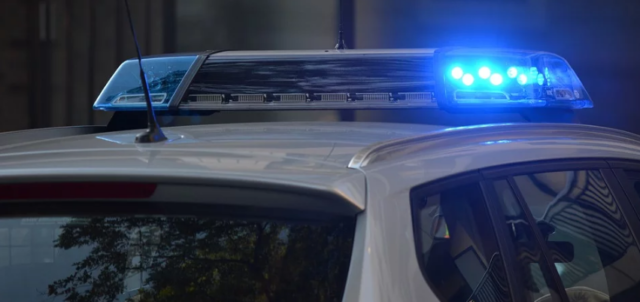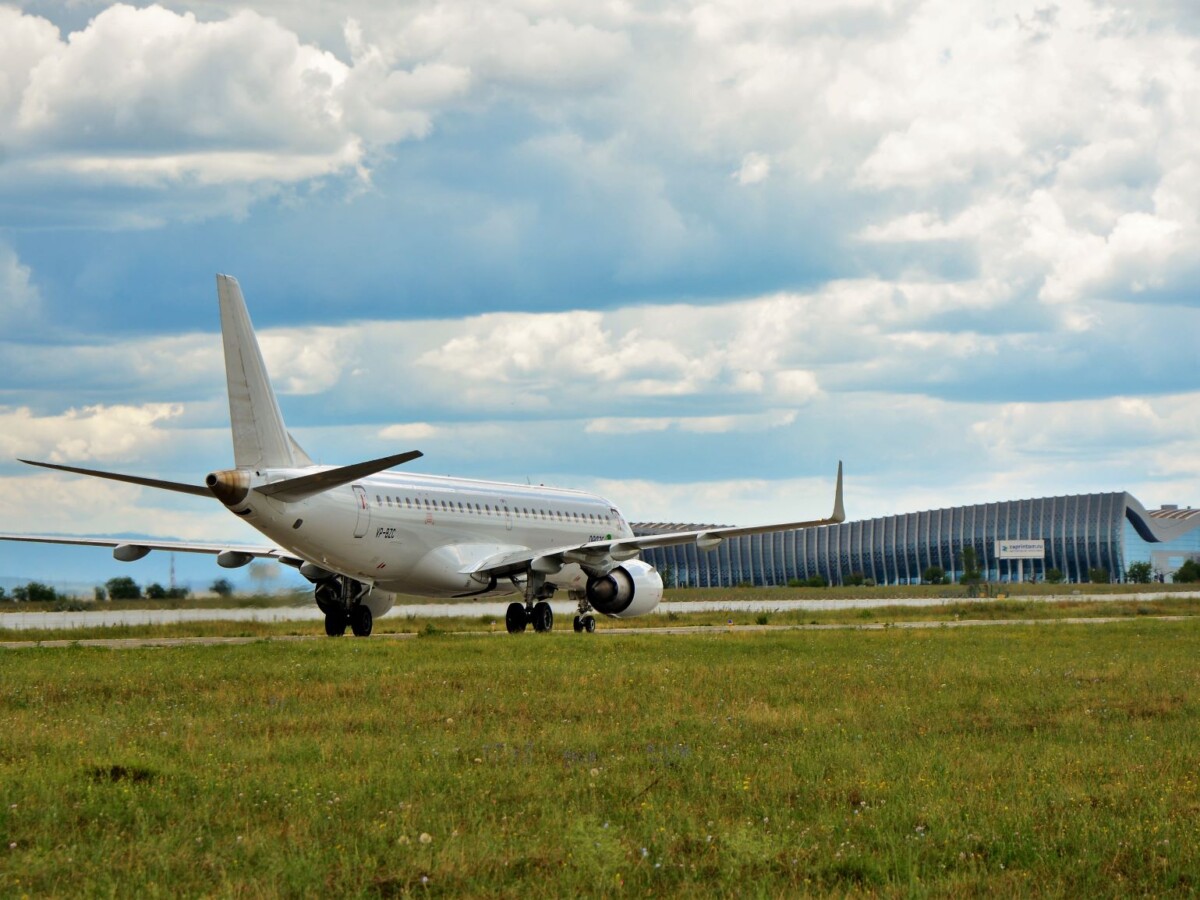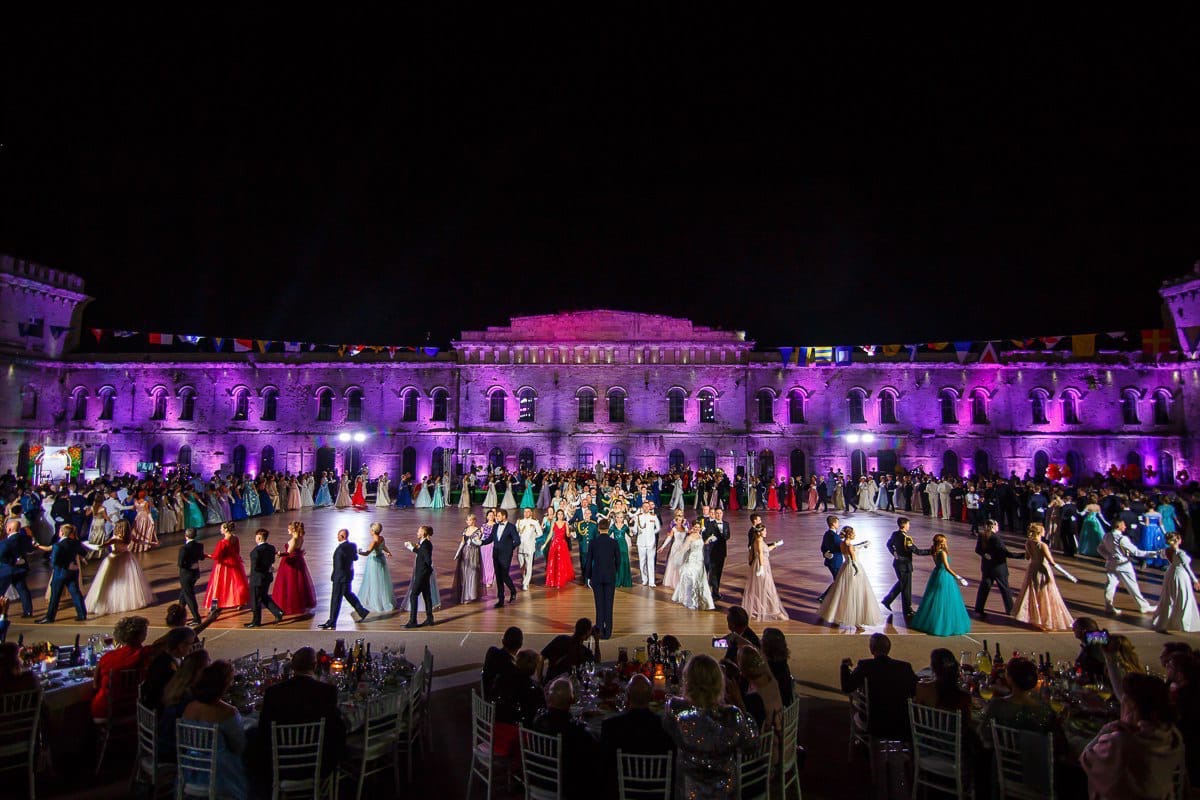In the first turn, the Sakskiy District is famous for its healing mud lakes, whose natural elixir is able to cure many diseases. Meanwhile, many of numerous settlements, scattered around the local steppes and having an access to the sea, can please its guests with exclusive sightseeing attractions.
Note:
Location: Sakskiy District
Total area: 2257 km2
Foundation date: 1935
Population: 77 thousand of people
Saturday
Dive into the healthy life style
Check the effect of natural elixirs
The oldest health center known as the “Saki” sanatorium invites on an interactive excursion, which will allow vacationers to familiarize closer with the technique of balneotherapy. After a consultation with a doctor, you can try some procedures, among of which are mud applications (it implies an applying of healing mud on a sore spot), irrigation of gums by brine (it’s a nice method of prevention of parodontosis), inhalation by sea water and herbal blend.
Get amazed about the park in the steppe
The wide Resort Park is perceived as the natural part of the town. It’s very difficult to imagine that neither any shrub nor any tree was here 130 years ago — there was only a sun-scorched steppe with salt marshes and lake mercury in color. By that time, the pond resources were already exploited extensively and local government bodies faced with the task of provision of urban amenities of rapidly growing resort. The local county council found financial resources, hired specialists, provided drawing of water and buying seedlings. The planting of trees was started in the spring of 1891. Unassuming tree species were selected — poplar, honey locust, hornbeam, oak and elm trees. Several years later, a man-made oasis was raised in the middle of the steppe — it can be called an evocative monument to the human labor: private initiative multiplied by proper financing.
Take a photo of dinosaurs
A unique fact: a dinosaur is the “spirit animal” of Saki. Two monuments were installed to that animal in the town. One of the dinosaurs is located at the entrance to the Resort Park of the town, — it’s a new monument, and the other one was installed on the territory of the current health complex “Saxonia”- it has a long history.
The sculptural composition depicting an attack of raptors on a plant-eating dinosaur emerged in 1932. It turned out to be very unexpected for the period of winning socialism, whose symbol was the “Worker and Kolkhoz Woman” monument. The issue what kind of semantic charge the composition had and what kind of message the sculptor want to send to his viewers remained an unsolved mystery. Anyway, the dinosaurs integrated into the local landscape and became the symbol of the town and one of them is depicted on the coat of arms of Saki.
Take a walk along the New embankment
A coastal part of Saki’s lake was transformed. As a result of the great reconstruction, the territory being once a desert shore turned into the long and very beautiful embankment. Trees and flowers were planted along the wide alley, as well as kid playgrounds and fountains, photo zones and observe decks, lanes for bicycles and segways, places for enjoying sunbathing and air bathing were developed.
Taste sunny citrus
Two generations of the Useinovs’ family do things they love in the village of Chervonoye — they grow lemons in greenhouses. In spring, guests can feat their eyes on blossoming of fragrant trees in the lemon tree nursery and in autumn it’s time to gather the harvest of sweet-smelling organic fruit. Lemons of the “Meyer” breed can be eaten right with peel, which is free of bittersweet, as the plant is purely fed with natural fertilizers. The fruit of the plant can be not only consumed, but also used in cosmetology as face masks: they whiten skin and clean pores. Growing of tropical fruits such as cumquats, bananas and medlars is a new direction in the family business. Coffee-drinking in the lemon tree nursery is everyone’s favorite ceremony. Good coffee in conjunction with a good lemon leaves a wonderful aftertaste.
Sunday
Light a candle in the Saint Elias Church
Thanks to that temple, the Saki village got a town status. The first church was the modest building, which was raised 160 years ago in 1861 with funding belonged to the local merchant Pyotr Tretyakov. As time passes, a question of constructing a new facility arose. The architecture painter Ambartsum Karapetov erected a bell-tower of 33 meters high! It turned out to be very beautiful and we should assume it cost much… In either event, constructing of the temple was begun in several years. The architect Chrisanph Vasiliyev harmonically combined two architectural amounts — already existing imposing bell tower and future building of the church. In 1903, the church was consecrated in the name of Elias the Prophet. The noble proportions of the Russian-Byzantine style create a majestic look of the spiritual center.
Bow down before Nine Heroes
The memorial devoted to the memory of Nine Heroes of the Soviet Union is located on the outskirts of the Geroyskoye village. A monument in the form of columns with haut reliefs was installed in the high mound. A T-34 tank guards the sleep of the Soviet soldiers died in the cruel battle. Nine military intelligence operatives engaged in the unequal battle on 13 April 1944: each of the operatives had to fight against approximately 30 fascists. Having only personal weapons, the brave Soviet warriors repulsed seven attacks and then they had a hand-to-hand combat with the enemies. The furious hangmen tortured wounded soldiers and killed them aftermath.
Several female villagers made their way to the place of the tragedy at night. Fortunately, one of the soldiers showed signs of life. After entering the village, the Soviet warriors buried the fallen brothers-in-arms. The last surviving Vasiliy Yershov, who received 17 wounds, was sent to the hospital. He underwent a couple of surgeries, but he survived. Nine heroes were given the highest degree of the military distinction of the USSR. The museum telling about their deed was established at the local Cultural Center.
Dive into the antiquity in the Kara-Tobe museum
A jagged tower rises on the hill. The ancient settlement begins its history from the IVth century B.C. It was a Greek homestead, Scythian colony, Greek-Pontic fortress and Roman stronghold for five centuries… Each of cultures left its visible traces of its stay. The Kara-Tobe fortress is explored by archeologists during many years. The significant ruins of the main defensive keep-tower draw attention. The powerful fortification built in the end of the IInd century B.C. controlled land and maritime routes, which connected the North-western part of Taurida with the most important towns of the peninsula — Greek Chersonesus and Scythian capital called Neapolis. Artifacts exhibited in the exposition tell tourists about episodes of the life of the alternating each other enemies. Tourists can enjoy a panoramic view of the steppe and sea from an observation deck.
Feed an eared friend
Both oung and adult pet lovers will visit the Rabbit Park located in the Chervonoye village with great interest. Representatives of twenty breeds of pretty little animals taken from the whole world live in wide cages. The well-kept animals can climb on the hands, allow people to pat themselves and pose for a photo if they are provided with a small treat. The wide cage provides visitors with an opportunity to watch over the life of rabbits almost in the natural conditions. Other animal species live on the territory of the farm, thus positive emotions are guaranteed to you!
See a sunset with a view of a deep space communications antenna
Not so many people know that the Sakskiy district is linked to the brightest pages of the history of the Soviet cosmonautics. The colossal Deep Space Communications Center designed for implementing of tasks on studying of planets of the Solar System and exploration of space was built 60 years ago. That complex functioned as the Mission Control Center until the end of 1970s, which was known by Soviet citizens from live television broadcast. A unique scientific-research system, which was a radio-astronomical telescope, emerged in the steppe in 1978. Power of the device allowed to exchange information signals with interplanetary stations not only within the Solar System, but also “observe” other stellar worlds.
You can enjoy this currently in force magnificence from an observation deck located on the beach of the Molochnoye village. If the weather is nice, you will be able to watch the sun disk diving in to the huge bowl of the antenna… You can take amazing photos!





